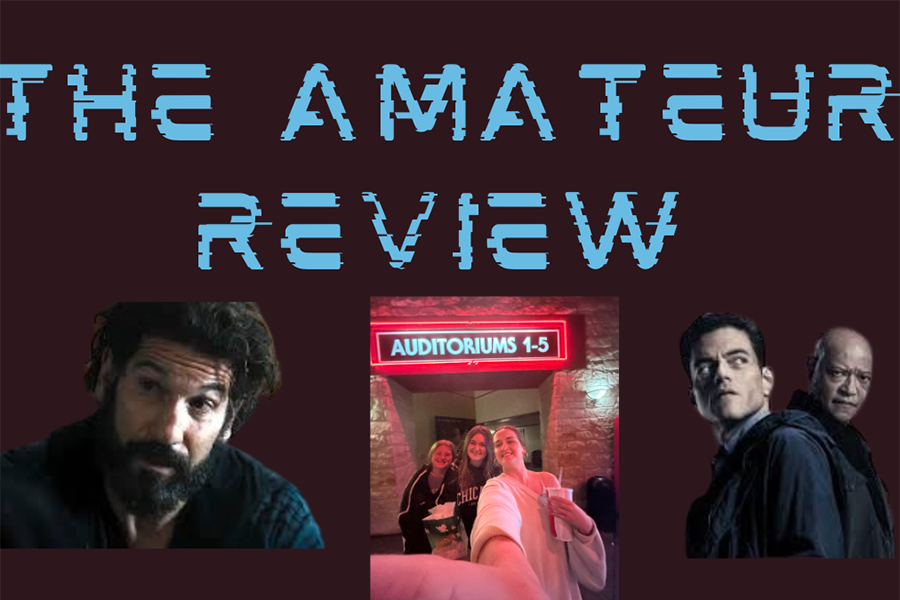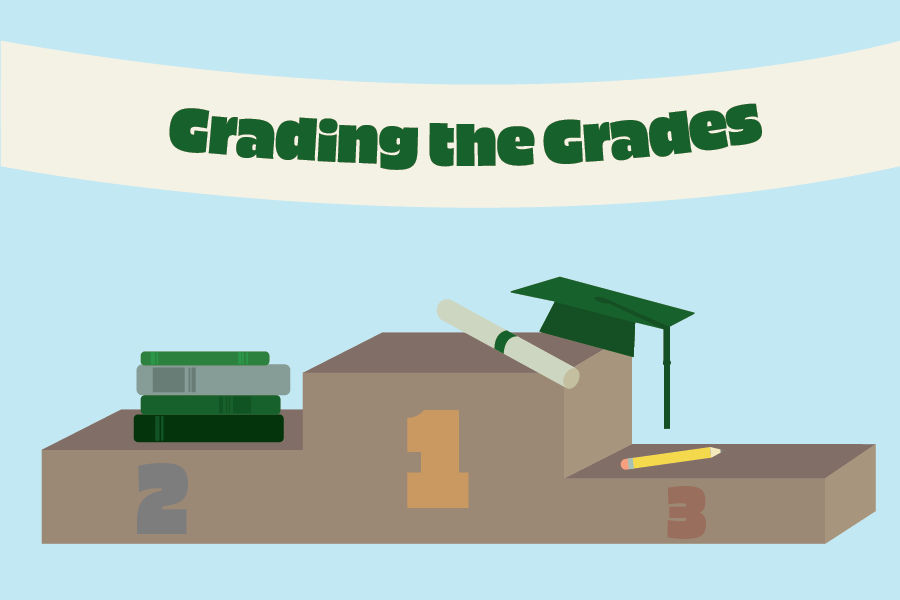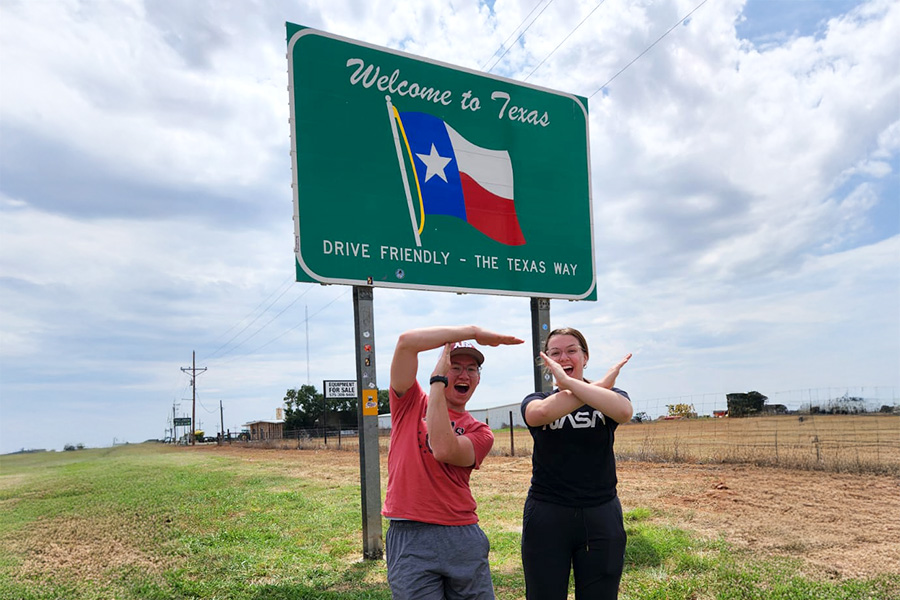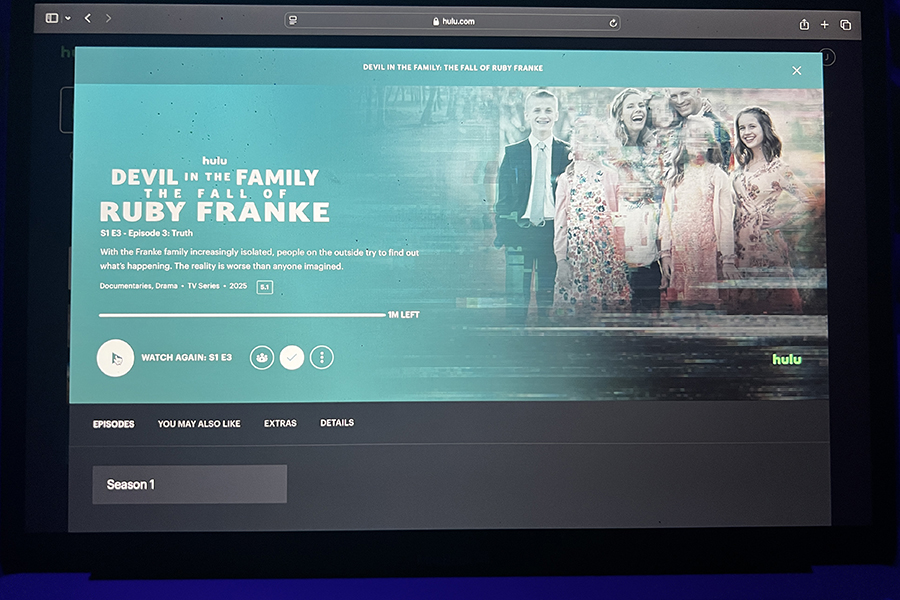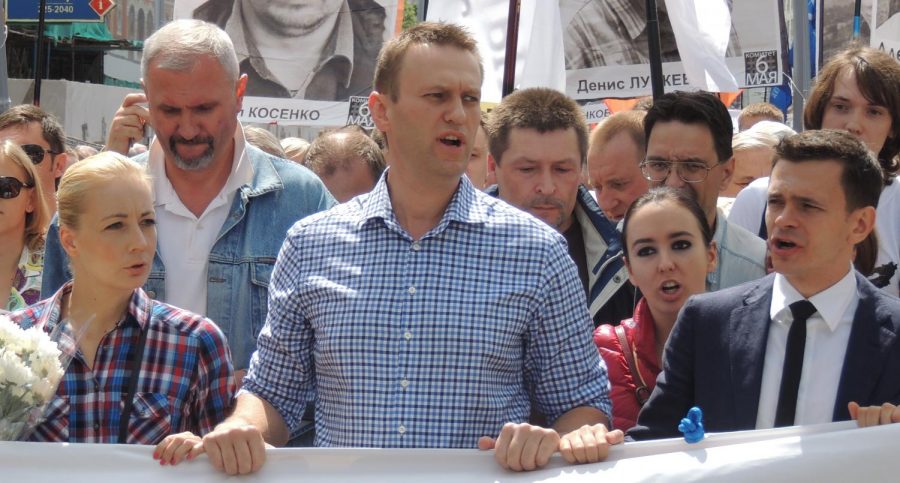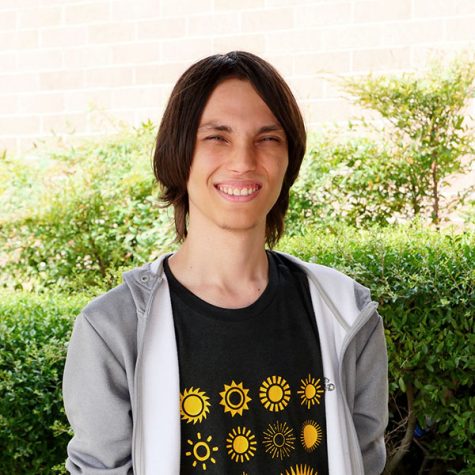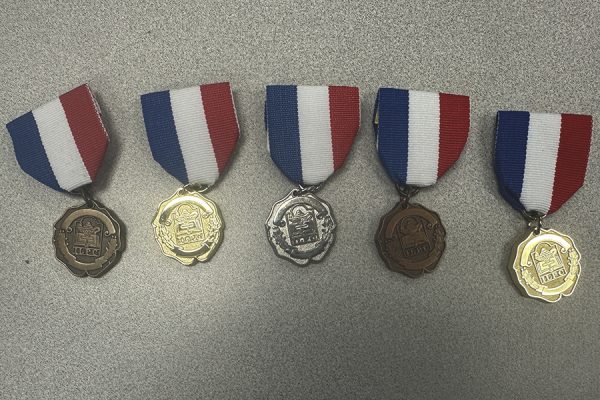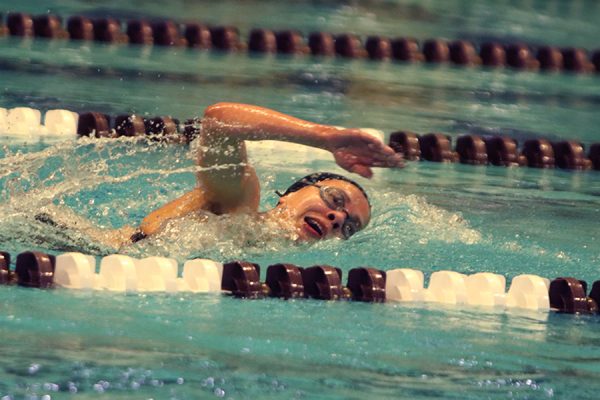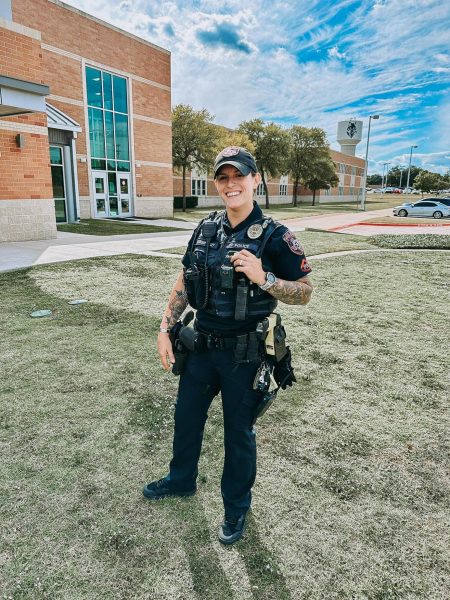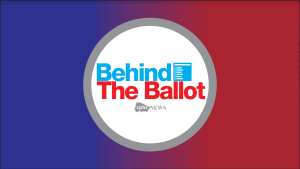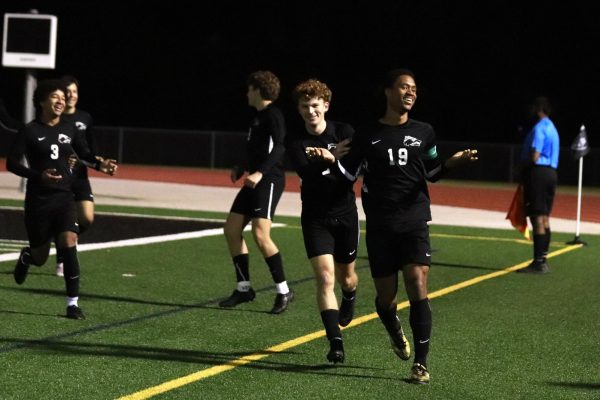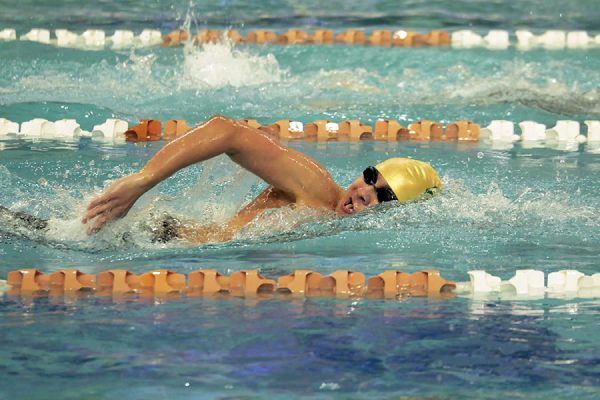Putin’s Palace: A History of the World’s Largest Bribe Review
Why Alexey Navalny’s Arrest Matters
Photo courtesy of Creative Commons
Navalny leading a protest in Moscow in 2013 about the results of the 2011 Russian legislative election. He was arrested two years earlier for participating in the same protest.
March 9, 2021
If you have paid attention to the news recently, you may know about Alexey Navalny and his campaign to expose the corruption that plagues the modern Russian government. But what some seem to not know is of the documentaries that he has released, part of the reason why he has become such a famous political activist in Russia.
His Youtube channel, which currently features over 1 billion views, is mainly used by Navalny for publishing documentaries that often delve deep into the intricacies of the Russian government and how it has become an oligarchy or a country ruled by a few people at the top, powered by bribes and backroom deals which blur the lines between the government of Russia and its corporations. For this, he has become what the media describes as “Putin’s worst enemy.” The video I’m covering today, “Putin’s Palace,” holds over 100 million views on Youtube and has been watched by one in four Russian citizens.
Rather than immediately presenting the facts of the matter, the first minutes of the video are dedicated to its backstory: Navalny was on an airplane when he started feeling aches and pains before convulsing and falling over. Eventually, it was discovered in a hospital in Berlin that he had been poisoned with Novichok, a nerve agent previously utilized in Soviet Russia which was traced back to Putin’s government through a phone call Navalny did with his own assassins, masquerading as an official. Now, he comes back to Russia while the documentary is released, not afraid of any other tricks Putin will pull and in the perfect location to analyze his past.
Rather than attempt a cut-and-dry case of corruption with the subject of the documentary, “Putin’s Palace” tries to paint a psychological profile of Putin through his history as a member of the Stasi, a secret police agency in communist East Germany, and as head of the Committee for External Relations in the Russian city of St. Petersburg. It establishes two concrete truths essential to understanding Putin’s career: one, he has always used any means necessary to achieve his goals and two, the reason he has so much power today is because of the colleagues and acquaintances he met along the way. The heads of two of Russia’s largest companies, Rostec and Transneft, were both Stasi officials that Putin befriended, and his time in municipal government was marked by embezzlement of funds belonging to the Russian people.
The documentary is incredibly thorough in its next segment, a tour of Putin’s Palace, a name given to a complex built-in remote Gelendzhik, which Russia reported to have cost $1.35 billion dollars and funded by Putin’s cronies. With sweeping camera shots and meticulously drawn-out building plans, Navalny guides us through the luxuries that Putin purchased himself: an in-house casino, a theatre, a swimming pool, spas and saunas, wine cellars and individual sofas equivalent to the cost of a large car.
The research required was, at times, life-risking to acquire. Footage of Putin’s palace was recorded by illegal drone shots that others have been arrested for trying to get, while the plans are from anonymous construction workers that built the palace. Putin has tried everything to keep it under wraps, but now a quarter of Russia’s population knows that their tax money is being funneled towards Russian elites, such as business owners and Olympic athletes, who pay for Putin’s palace, rather than towards aging infrastructure, education or the poverty rampant throughout Russia. Navalny started his career in politics in the year 2000. After organizing protests during Putin’s re-election in 2012, he became one of his most vocal opponents and one of his most feared individuals for his outreach and his influence. That’s why this year, Navalny flew to Moscow and was arrested on charges of violating probation, although they were years old and were clearly motivated by the recently-released documentary.
Available on Youtube and nearly two hours long, it is an in-depth look into the web of corruption that Putin created with his entrance into Russian politics. It is one of the most effective displays of how journalism can inform the population of incredible injustice that the system otherwise tries to silence.

![Posing with their UIL State Trophy, the Robolobos Van Halen Team beams with excitement after their win. “It was a team effort,” junior Noah Vo said. “I was happy because something happened in the first match and the match was also really close. So [when] they finally revealed it, I was pretty happy.” Photo courtesy of Amy Lovelace](https://cphswolfpack.com/wp-content/uploads/2025/05/IMG_0910-EDIT-1200x723.jpg)

![Broadcast, yearbook and newspaper combined for 66 Interscholastic League Press Conference awards this year. Yearbook won 43, newspaper won 14 and broadcast took home nine. “I think [the ILPC awards] are a great way to give the kids some acknowledgement for all of their hard work,” newspaper and yearbook adviser Paige Hert said. “They typically spend the year covering everyone else’s big moments, so it’s really cool for them to be celebrated so many times and in so many different ways.”](https://cphswolfpack.com/wp-content/uploads/2025/05/edited-ILPC.jpg)


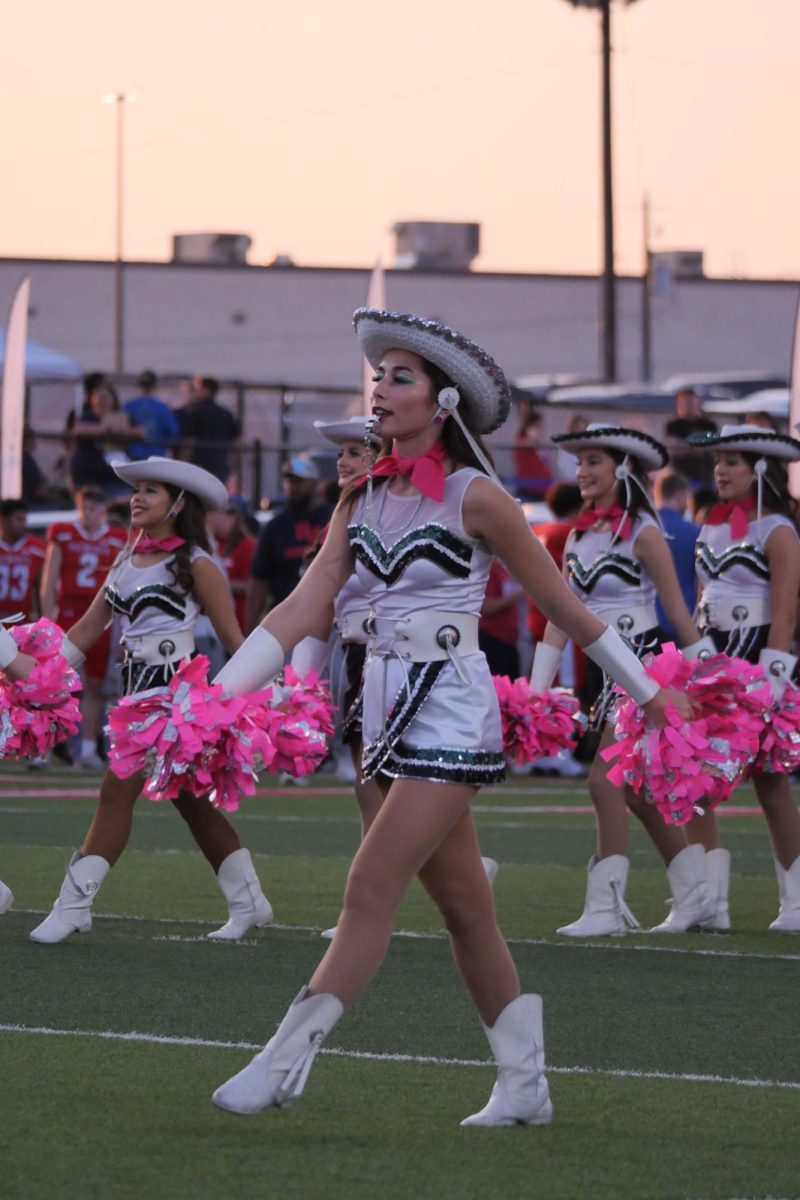





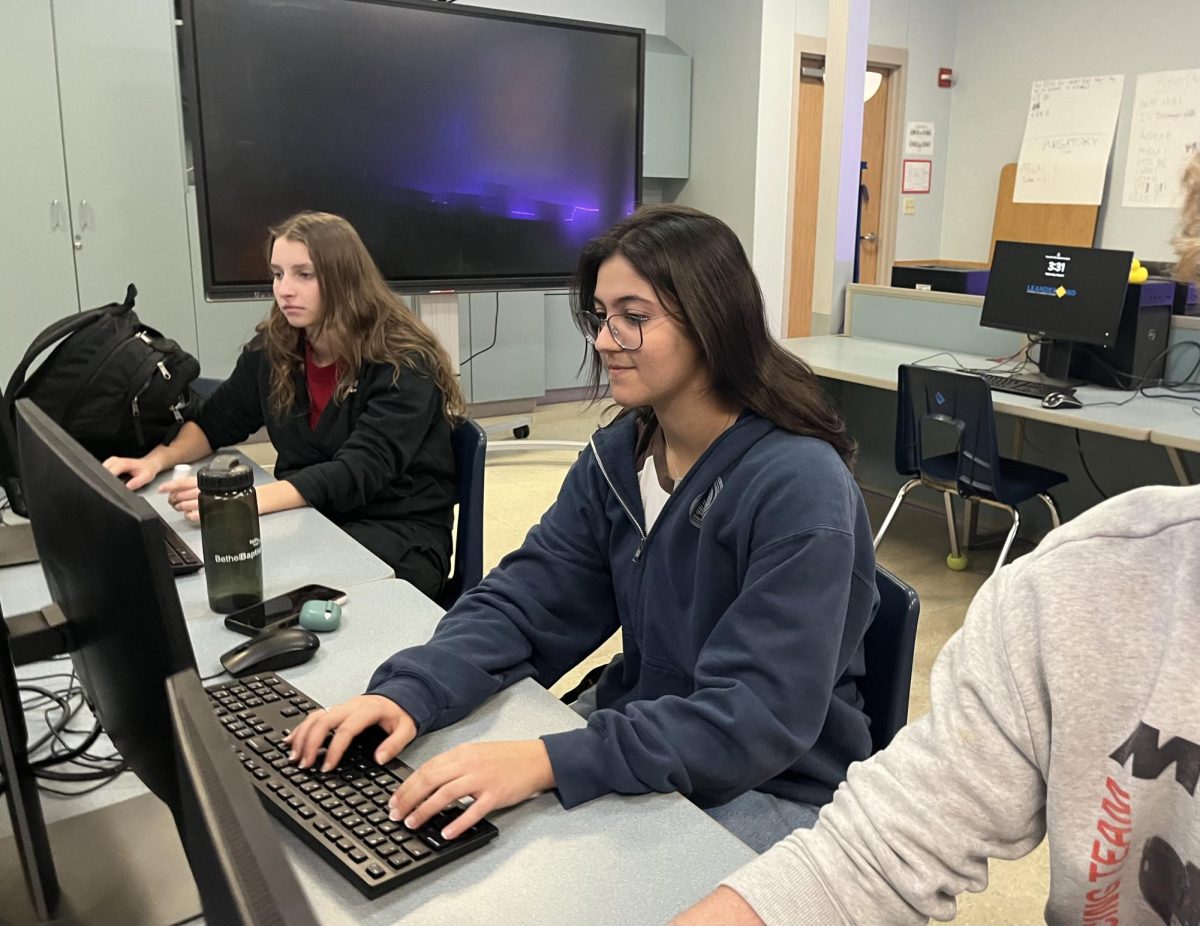


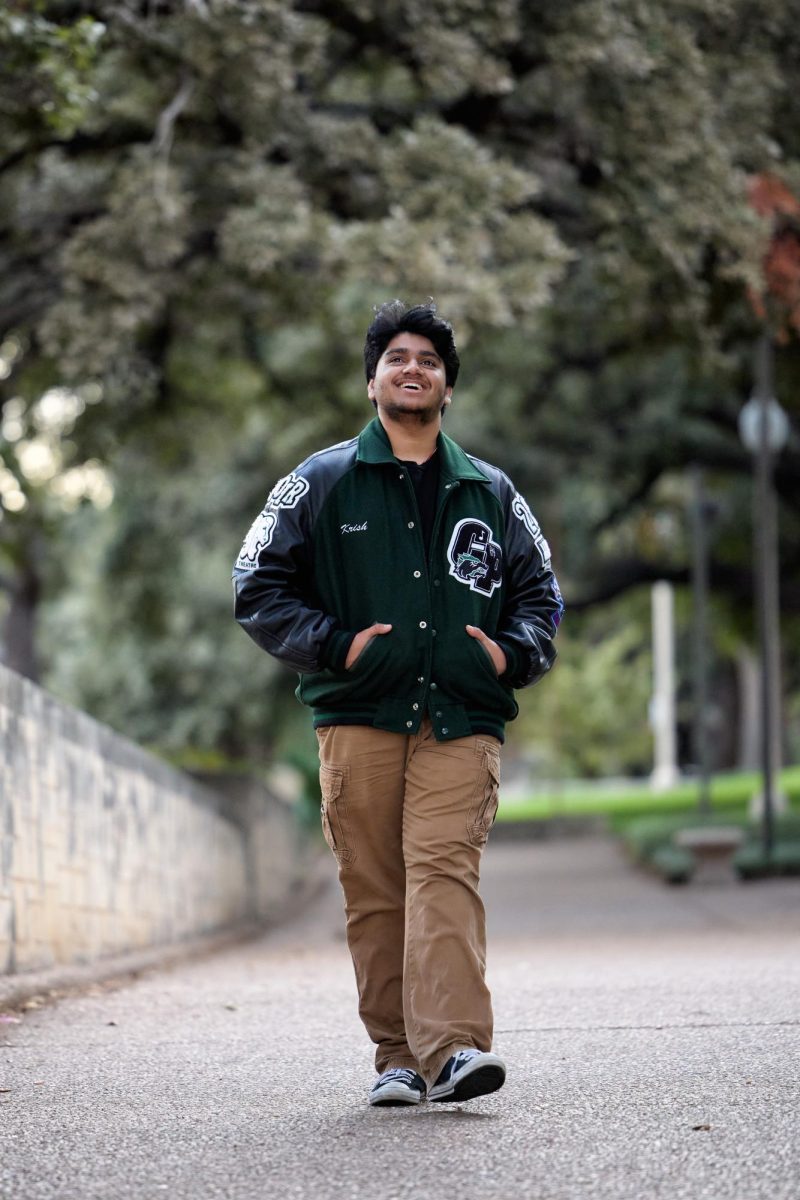
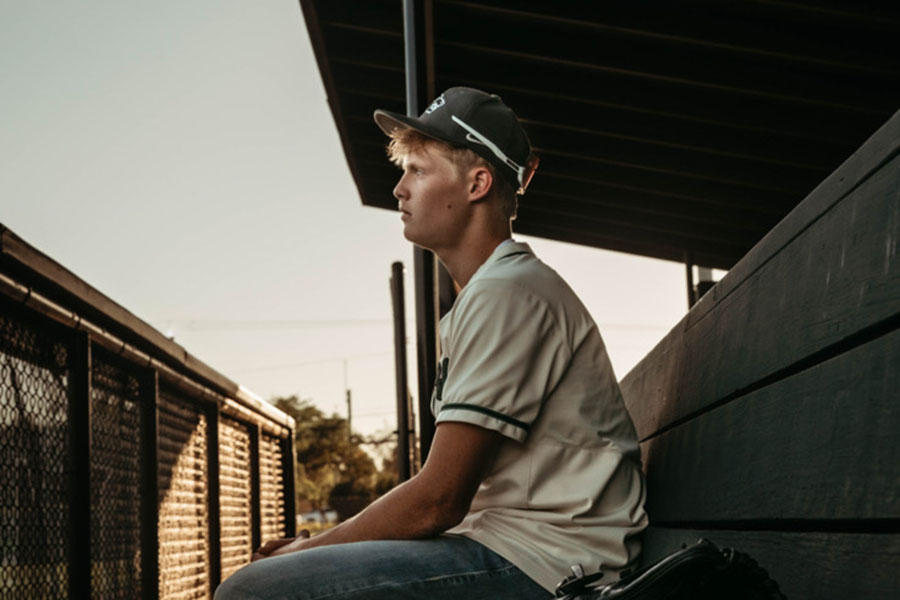
![Bringing her arm over her head and taking a quick breath, junior Lauren Lucas swims the final laps of the 500 freestyle at the regionals swimming competition on date. Lucas broke the school’s 18-year-old record for the 500 freestyle at regionals and again at state with a time of 4:58.63. “I’d had my eye on that 500 record since my freshman year, so I was really excited to see if I could get it at regionals or districts,” Lucas said. “ State is always a really fun experience and medaling for the first time was really great. It was a very very tight race, [so] I was a bit surprised [that I medaled]. [There were] a lot of fast girls at the meet in general, [and] it was like a dogfight back and forth, back and forth.” Photo by Kaydence Wilkinson](https://cphswolfpack.com/wp-content/uploads/2025/03/Kaydence-2.7-23-edit-2.jpg)
![As the support team sits and poses for a photo in the cafeteria with the counseling team they eagerly wait to start their day. "We [all] seem to be a team, I get up every day and there's days where I don't want to go to work today, but I'm thankful that I have a job and I'm blessed to have what I have," Christopherson said. Photo Courtesy of Julie Weltens.](https://cphswolfpack.com/wp-content/uploads/2025/01/AF9E8470-10D7-4C91-BF28-EC8F86BAB66C-1200x852.jpeg)
![Officer Stephanie Cash is in her second year as an SRO at CPHS. “Seeing [students] grow over the years has been kind of cool,” Officer Cash said. “Freshmen that [are] all over the place and then in the next couple of years get a little more squared away and go to class and do work and start thinking about the future. Being a part of a student's growth is the best way to measure my success as an SRO.” Photo Courtesy of Cedar Park Police Department's PIO, Alicia Gallagher.](https://cphswolfpack.com/wp-content/uploads/2024/12/CPHS-SRO-900x1200.jpg)


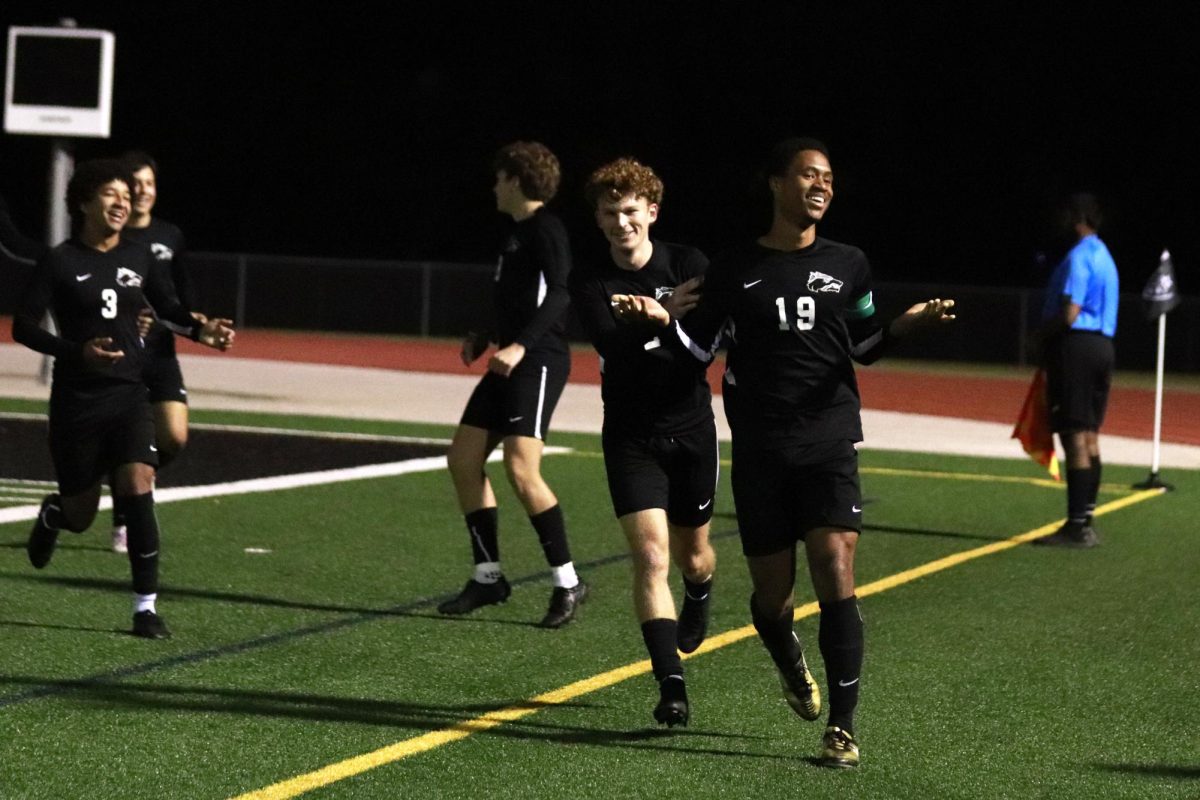
![Taking a breath as he raises his arm up and out of the water, sophomore Kaden Padilla swims the 500 freestyle at the UIL state meet on Feb. 21-22. Padilla placed 10th overall and second in the consolation final in the event, dropping two seconds. “My family was there, so being able to drop time for them was really special,” Padilla said. “It was awesome [finding out I advanced to the consolation finals]. I wasn’t expecting it, and I was very surprised. My parents being there definitely made me a lot happier knowing they got to see me swim in finals.” Photo by Skyler King.](https://cphswolfpack.com/wp-content/uploads/2025/03/kaden-padilla.jpg)

![Three defenders try to stop senior point guard Hope Edwards before the ball leaves her hands. The girls basketball team faced Liberty Hill on Feb 21, losing 58-40. “[My season was] definitely bittersweet,” Edwards said. It's definitely sad [because] I'm gonna miss all my teammates, my coaches and just the whole CP environment.”](https://cphswolfpack.com/wp-content/uploads/2025/03/julia-128-1200x800.jpg)
